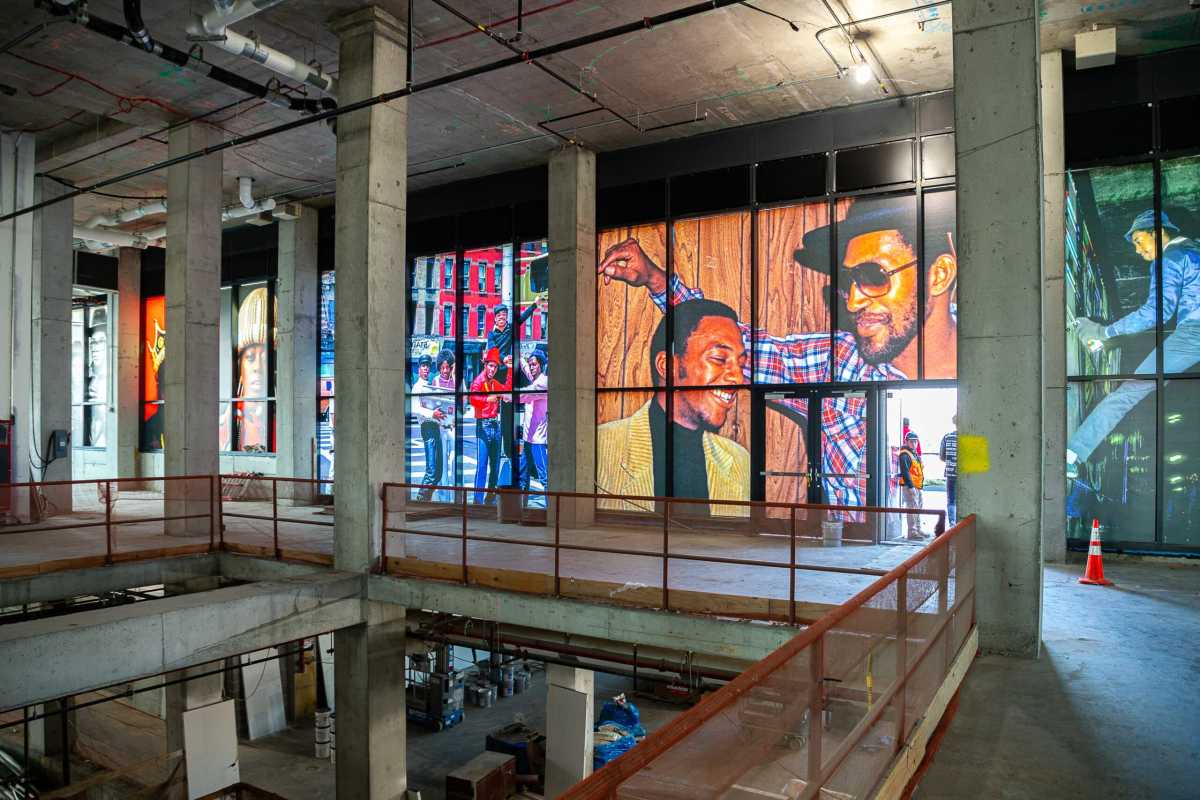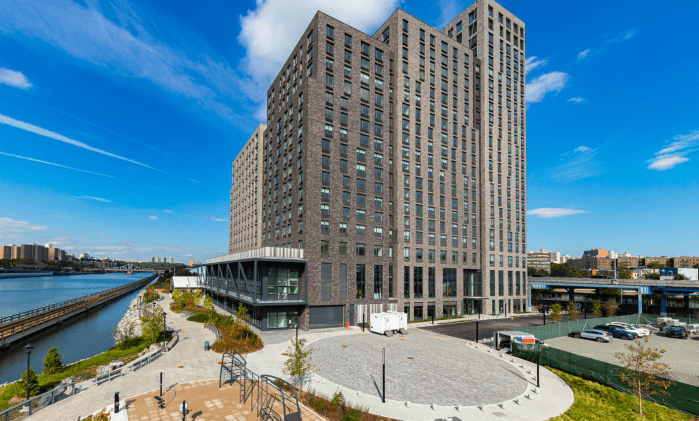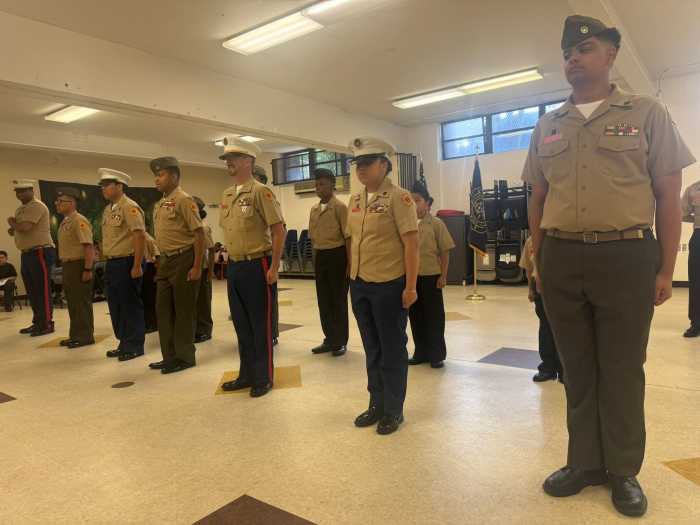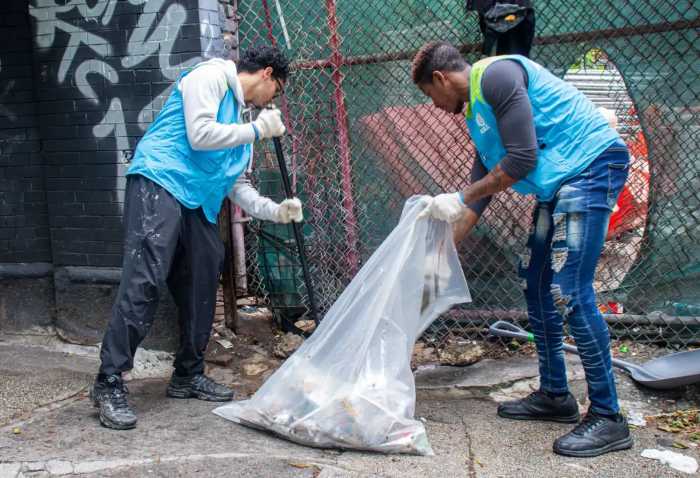New Yorkers are all too accustomed to hearing about problems within the Bronx. But when it comes to solving complex challenges, people who know and love the borough are often best equipped to offer innovative solutions.
The Bronx Community Foundation and local think tank Center for an Urban Future recently tapped into this idea with their report, “50 Ideas for a Stronger and More Equitable Bronx,” which gathered ideas big and small from some of the most influential Bronxites with a variety of expertise.
The Bronx is “overflowing with opportunity,” the report said, citing its strong post-pandemic business recovery and progress on infrastructure projects such as the new Metro North stations.
But the report also sought to address the borough’s many inequities. Despite its cultural uniqueness and numerous community organizations, the report said, “far too many Bronxites still face grave affordability challenges, as well as gaps in access to health care, open space, technology, and financial services.”
The report compiled ideas “both practical and visionary,” some already in the works and some novel, some specific and some broad.
Suggestions ranged from expanding mental health care; environmental justice goals such as increasing public waterfront access and capping the Cross Bronx Expressway; beautification, including more trash cans and trash pickup; and economic initiatives such as increasing the minimum wage, mandatory financial literacy classes, recalculating the city’s Area Median Income and more support for small businesses.
Many ideas also focused on education, such as offering free internet access and mandatory college prep classes. Cultural ideas included a pass that would give Bronx kids free access to museums and other arts institutions.
The Bronx Times spoke with two influential Bronxites who contributed to the report.
Architect George Ranalli grew up in the Bronx and said he has been in the field long enough to remember how city planning used to be done.
Ranalli said in an interview with the Bronx Times that city planners used to commission architects to evaluate developers’ plans and carry out a strong overall vision. Now, he said “there is no real planning” because many projects are handled piecemeal. The city handed over responsibility for thoughtful planning to developers, he said.
In the “50 Ideas” report, Ranalli said the city should convene a team of architects, planners and developers to the Bronx office of the Department of City Planning. That team would lead an “ambitious revitalization effort” in the borough that would “[promote] sustainable growth, community engagement, and a renewed sense of pride.”
Another native Bronxite, founder and CEO of the Hip-Hop Museum Rocky Bucano, had a more targeted idea for the report: a youth program called “Shoot Cameras, Not Guns,” which the organization plans to pilot this summer.
Bucano told the Bronx Times that the program is designed for at-risk high school students who live in communities that experience frequent gun violence.
With the help of professionals, 30-40 Bronx youth will train in photojournalism and filmmaking and work on individual projects throughout the four-week program. At the end, one student’s work will be selected for public promotion and viewing.
The purpose of “Shoot Cameras, Not Guns,” Bucano said, is “to express how important it is to not get caught up in gang culture and gun violence,” offering young people an alternative form of expression.
“It’s a metaphor for kids to say, ‘I don’t need a gun, I’d rather pick up a camera and use this tool to advance my career ambitions,” Bucano said.
The City Council has already allocated about $50K towards the pilot, Bucano said, and he and the team hope to take the program citywide.
But of course, ideas like these are just the beginning.
In the Foreword to the report, the president and CEO of the Bronx Community Foundation said the publication should inspire creative problem solving but also generate real programming and funding.
“I hope that these ideas spark further discussions of what is possible in the Bronx and that reading this report inspires investment in the borough and new ways to tap into the energy, strength and promise that truly defines the Bronx that I know and love,” said Dr. Meisha Porter.
Reach Emily Swanson at eswanson@schnepsmedia.com or (646) 717-0015. For more coverage, follow us on Twitter, Facebook and Instagram @bronxtimes























